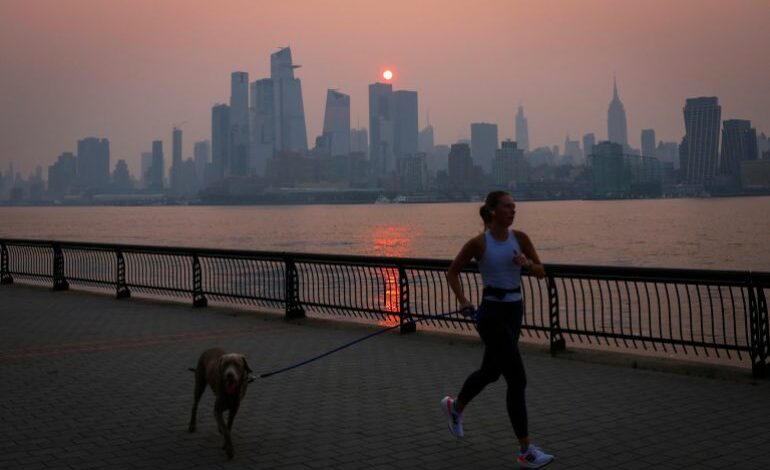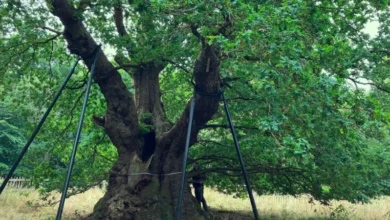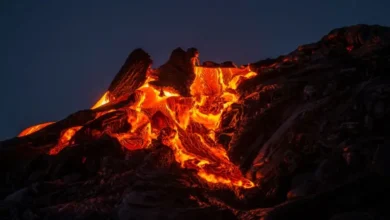Canada’s record wildfires should be ‘wake-up call’, experts warn

“Do you smell smoke?” That’s the question people in Canada have been asking each other this week as hundreds of wildfires are burning in what has been described as an “unprecedented” start to the 2023 Canadian fire season.
Tens of thousands of people in communities across the country have been forced to evacuate as firefighters battle to contain the blazes that have scorched more than 3.8 million hectares (9.4 million acres) so far.But the emergence of smoke-filled, discoloured skies in parts of Canada that typically aren’t affected by wildfires has spurred widespread public concern and calls for authorities to better prepare for a problem that experts say is only going to get worse.
“There’s this eerie sight of very smoky skies. It puts a yellow, greyish filter over the sun and the sky. There’s also a smell of wood-fire burning,” Caroline Brouillette, executive director of Climate Action Network Canada, said in an interview on Wednesday from Ottawa, the Canadian capital.
“It does really bring home that the climate crisis is happening here and now,” Brouillette told Al Jazeera.
Long-term health effects
Images shared on social media this week showed orange-tinged skies over Ottawa, Montreal and Toronto, where a thick haze obstructed views of the CN Tower and the downtown skyline of Canada’s largest city.But the emergence of smoke-filled, discoloured skies in parts of Canada that typically aren’t affected by wildfires has spurred widespread public concern and calls for authorities to better prepare for a problem that experts say is only going to get worse.
“There’s this eerie sight of very smoky skies. It puts a yellow, greyish filter over the sun and the sky. There’s also a smell of wood-fire burning,” Caroline Brouillette, executive director of Climate Action Network Canada, said in an interview on Wednesday from Ottawa, the Canadian capital.
“It does really bring home that the climate crisis is happening here and now,” Brouillette told Al Jazeera.
Long-term health effects
Images shared on social media this week showed orange-tinged skies over Ottawa, Montreal and Toronto, where a thick haze obstructed views of the CN Tower and the downtown skyline of Canada’s largest city.“From the gloom over Yankee Stadium to the smoky haze obscuring our skyline, we can see it, we can smell it and we felt it. And it was alarming and concerning,” New York City Mayor Eric Adams told reporters on Wednesday.
“This is an unprecedented event in our city, and New Yorkers must take precautions,” said Adams, who urged residents to stay inside, close their windows and limit outdoor activity.
“While this may be the first time we’ve experienced something like this on this magnitude, let’s be clear: It is not the last. Climate change [has] accelerated these conditions. We must continue to draw down emissions, improve air quality and build resiliency.”
Jill Baumgartner, an associate professor in the School of Population and Global Health at McGill University in Montreal, said pollution levels in the city and in Canada more generally have been three to four times higher than usual as a result of the wildfires.
“The biggest health threat from wildfire smoke are from these very small, microscopic particles that you breathe in,” Baumgartner said, explaining that they can lead to a variety of problems from burning eyes and runny noses to chronic heart and lung diseases.










